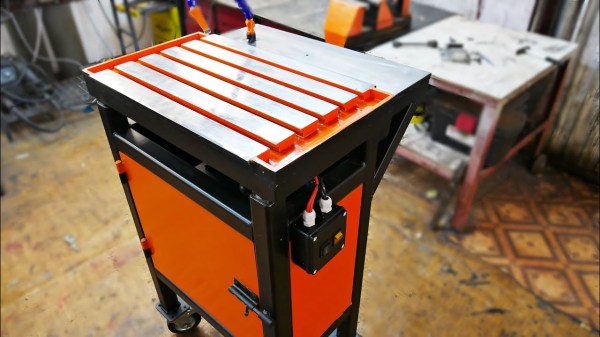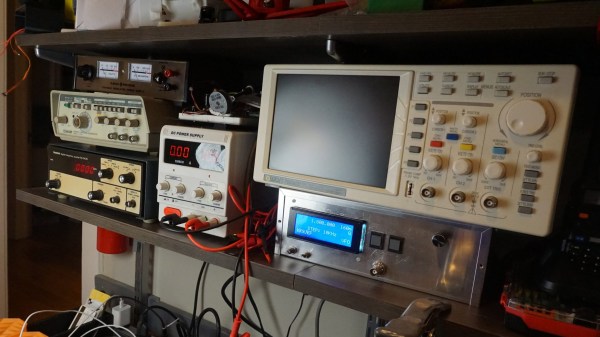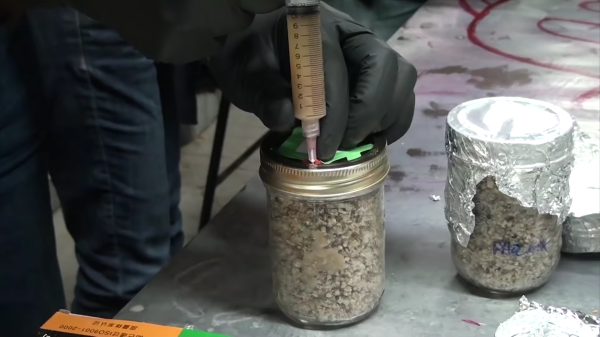Next week, Hackaday is hosting a workshop for all you hackers ready to harness the power of the sun. We’re doing a Beginner Solar Workshop at Noisebridge in San Francisco. You’re invited to join us on July 7th, we’ll provide the soldering irons.
The instructor for this workshop will be [Matt Arcidy], avid Hackaday reader and member of Noisebridge. He’s contributed to the incredible Noisebridge Gaming Archivists Live Arcade Cabinet, given talks on electronic components for the Arduino ecosystem, and now he’s hosting a workshop on the basics of solar charging.
This workshop will cover the theory of solar charging, how solar cells convert light into electricity, when and where this technology is appropriate, and the safe handling of lithium-ion batteries. At the end of the workshop, every attendee will have built a system that captures power from the sun and charges a battery, ready to be used in any future projects.
This is a big deal. Right now, the Hackaday Prize is in the middle of its third challenge, the Power Harvesting Module Challenge. This is a big part of the prize, and already there are some fascinating projects which harvest electricity from stomach acid, and even the gravitational potential of the Earth. Of course, some of those are more practical than others, and we’re really interested to see where this Power Harvesting Challenge goes and what great projects will be created.




















